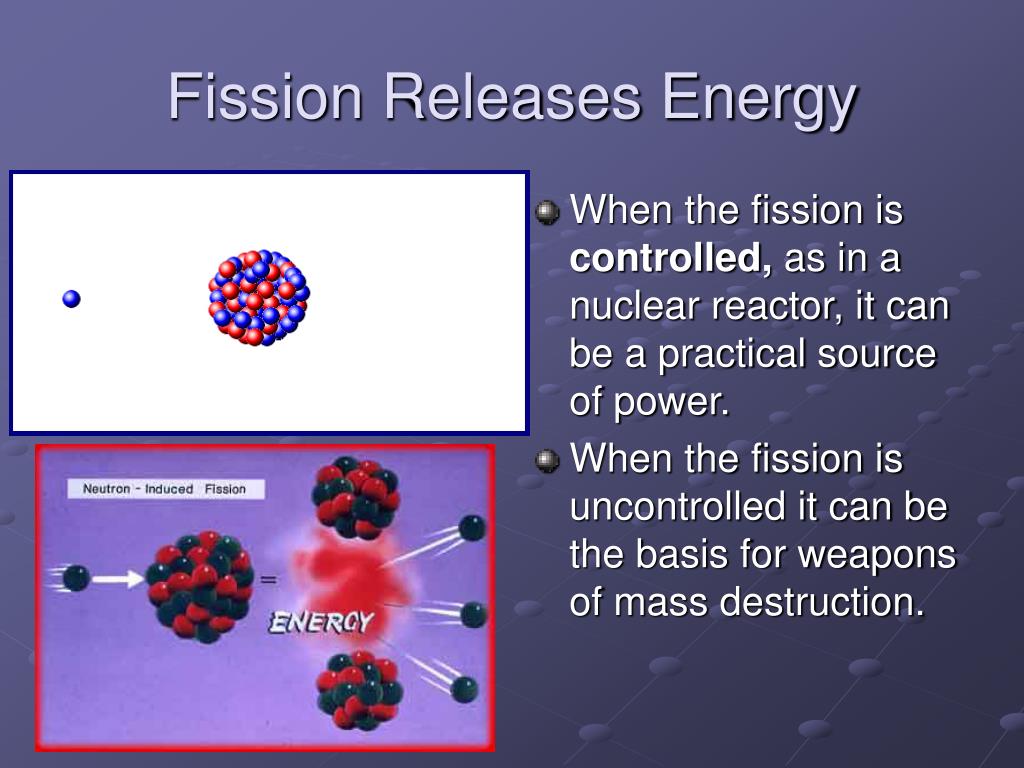

Bohr proposed the so-called compound nucleus description of nuclear reactions, in which the excitation energy of the system formed by the absorption of a neutron or photon, for example, is distributed among a large number of degrees of freedom of the system. The analogy of the nucleus to a drop of an incompressible liquid was first suggested by George Gamow in 1935 and later adapted to a description of nuclear reactions (by Niels Bohr and Bohr and Fritz Kalckar ) and to fission (Bohr and John A. The nucleus exhibits some properties that reflect the collective motion of all its constituent nucleons as a unit, as well as other properties that are dependent on the motion and state of the individual nucleons. No one model can account for all of the extensive phenomenology of fission, but each addresses different aspects of the process and provides a foundation for further development toward a complete theory. The models are based on different assumptions and approximations of the nature of the nuclear forces and the dynamics of the path to scission. Some of the models were developed to address aspects of nuclear structure and spectroscopy as well as features of nuclear reactions, and they also have been employed in attempts to understand the complexity of nuclear fission. In the case of fission, the potential energy may be calculated as a function of the shape of the system as it proceeds over the barrier to the scission point, and the path of lowest potential energy may be determined.Īs has been pointed out, an exact calculation of the nuclear potential energy is not yet possible, and it is to approximate this calculation that various models have been constructed to simulate the real system. The potential energy is calculated as a function of various parameters of the system being studied. Thus, for example, a stone at the top of a hill will roll down the hill, converting its potential energy at the top to kinetic energy of motion, and will come to rest at the bottom in a more stable state of lower potential energy.


The driving force for physical or chemical reactions is the tendency to lower the potential energy and increase the stability of the system. The framework for understanding nuclear reactions is analogous to that for chemical reactions and involves the concept of a potential-energy surface on which the reaction occurs. The successes and failures of the models in accounting for the various observations of the fission process can provide new insights into the fundamental physics governing the behaviour of real nuclei, particularly at the large nuclear deformations encountered in a nucleus undergoing fission. Since such knowledge is still not available, it is necessary to construct simplified models of the actual system to simulate its behaviour and gain as accurate a description as possible of the steps in the process. A complete theoretical understanding of this reaction would require a detailed knowledge of the forces involved in the motion of each of the nucleons through the process. Nuclear fission is a complex process that involves the rearrangement of hundreds of nucleons in a single nucleus to produce two separate nuclei. SpaceNext50 Britannica presents SpaceNext50, From the race to the Moon to space stewardship, we explore a wide range of subjects that feed our curiosity about space!.Learn about the major environmental problems facing our planet and what can be done about them! Saving Earth Britannica Presents Earth’s To-Do List for the 21st Century.Britannica Beyond We’ve created a new place where questions are at the center of learning.100 Women Britannica celebrates the centennial of the Nineteenth Amendment, highlighting suffragists and history-making politicians.
FISSION ENERGY HOW TO


 0 kommentar(er)
0 kommentar(er)
